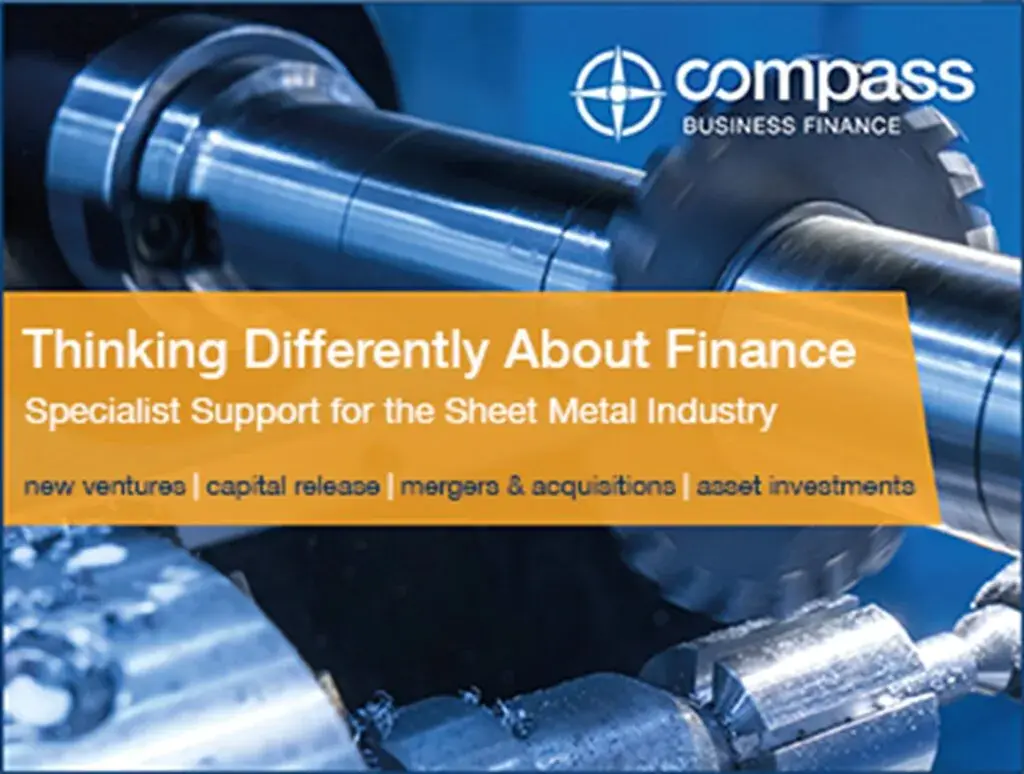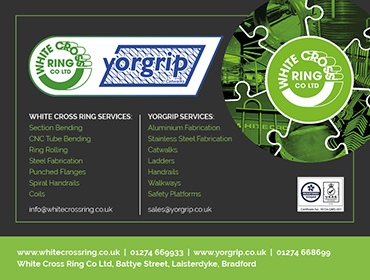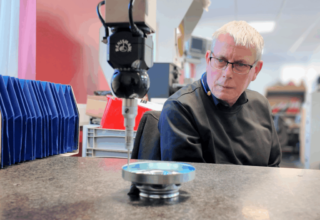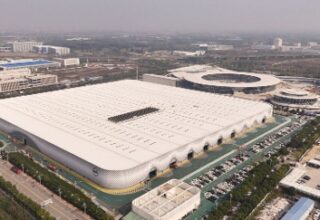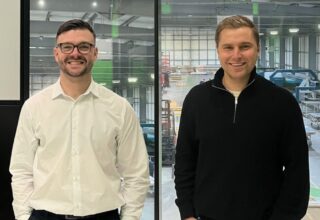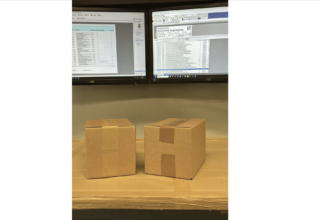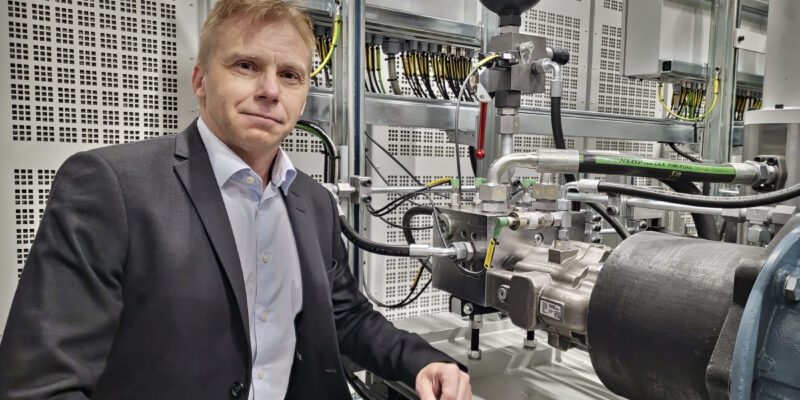
THIS IS INFORMATION THAT MANY VEHICLE MANUFACTURERS ARE REQUESTING AND THAT AP&T CAN NOW PROVIDE.
In collaboration with RISE Research Institutes of Sweden, AP&T has comprehensively analyzed the life cycle of a typical press-hardening line. The analysis covers the climate impact at all stages of a line that is assumed to be in use for 20 years, from the extraction of iron ore to the recycling of the machine at its end-of-life. Continuous maintenance and a reconstruction of the line are also included in the calculations.
In addition, they have analyzed how the total climate emissions from the end product – a passenger car – are affected by the components used in its structure.
“The data that life cycle analyses provide primarily give us a stable basis for our own continued climate work and help us more easily prioritize which measures we should focus on. In addition, we can offer our customers a third-party audited, factual basis that helps them calculate and report the total climate impact of their products and make the right decisions for the future,” says Christer Bäckdahl, CTO at AP&T.
Many factors affect the outcome
There are many parameters that affect the scope of the climate impact a press-hardening line has during its life cycle, and these vary from case to case. In general, AP&T’s analyses show that the absolute majority of climate emissions are related to energy consumption during the operational phase. But the extent is determined to a great degree by the energy mix – i.e., the energy sources used to produce the electricity needed to run the line. Hydro and wind power have very little climate impact, while emissions from fossil energy sources such as coal, oil and fossil gas are significant.
“This entails different outcomes depending on where generation takes place. Sweden’s energy mix, for example, has only one-fifth the climate impact of Britain’s. But regardless of where production is located, it is always important to optimize energy use and choose energy-efficient alternatives. Take, for example, our servohydraulic press, which is up to 70 percent more energy efficient than our conventional hydraulic presses.”
An interesting question is how a finished car performs climate-wise during its life cycle in relation to the materials used to manufacture its structural parts. If you factor in the steel-making process and parts manufacturing, which is better: press-hardened steel or cold-formed high-strength steel?
“Thanks to the fact that press hardening strengthens the steel, less material is required for each part. This gives a lower weight, making the car lighter than when using cold-formed steel. This has a positive effect on the car’s energy consumption and climate impact, which compensates, by a good margin, for the emissions arising from material production and component manufacturing,” says Bäckdahl.
Considering that many car manufacturers are asking for the type of information a life cycle analysis can provide, AP&T is expecting to do more analyses of specific lines and products in the future.
“We will be developing this offer because we know many customers will benefit from it,” says Bäckdahl.
Also in collaboration with RISE, AP&T has recently carried out a corresponding life cycle analysis of a production line for hot forming of high-strength aluminum.
“Energy consumption during the operational phase is decisive for the scope of a press-hardening line’s total climate impact during its life cycle. Choosing energy-efficient machinery, such as AP&T’s servohydraulic press, can reduce the climate footprint and energy costs significantly,” says Christer Bäckdahl, CTO at AP&T.



